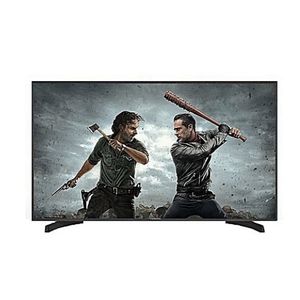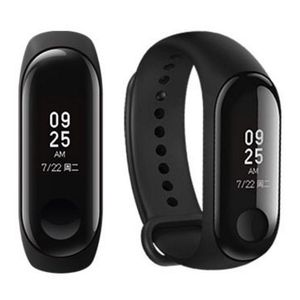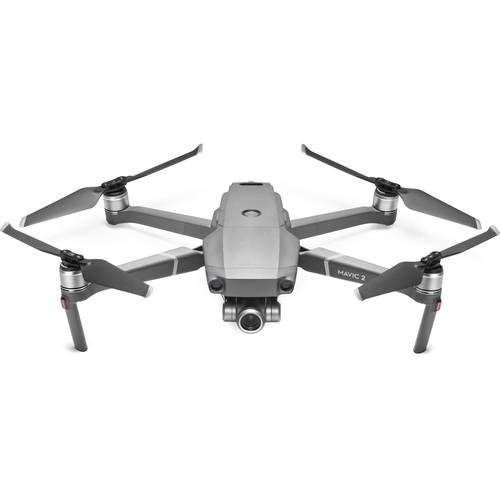

The Mavic 2 Zoom from DJI is a professional quality filmmaking drone that gives you the ability to get closer to the action, thanks to its 2x 24-48mm optical zoom camera with a 1/2.3" 12MP sensor. With 4x lossless zoom (including 2x optical zoom) you can capture sensitive subjects from an even greater distance. There's even a single-tap aerial mode
called Dolly Zoom that gives a Hitchcockian effect to your footage.
The Mavic 2 Zoom utilizes a low-drag aerodynamic body design for achieving speeds up to 44.7 mph, a four-cell LiPo battery for up to 31 minutes of flight time, and low-noise propellers for filming without being distracting. This power and performance are coupled with a variety of shooting modes and capabilities for cinematic results.
To help keep the Mavic 2 Zoom safe and in control, DJI has provided OcuSync 2.0 video transmission technology that can transmit a video feed to the included controller from up to five miles away in Full HD 1080p quality. There's also omnidirectional obstacle sensing that provides object avoidance with sensors on all sides of the Mavic 2 Zoom.
Take your aerial landscape photography to another level with Super Resolution. By utilizing the 24mm field of view on the Mavic 2 Zoom, you can take a 48MP super-resolution photo where a series of nine different photos are captured and automatically patched together. Unlike a regular panorama, super-resolution photos are designed to retain the original look of the shooting targets with a more accurate composition.
With a single tap, you can use your Mavic 2 Zoom to capture stunning time-lapse shots in Hyperlapse mode, processing everything automatically and saving you time in post-processing. You can even simultaneously save photos in JPEG and raw on a microSD card (not included). Hyperlapse shots can be captured with four distinct modes:
With a 13 EV the Mavic 2 Zoom is designed to capture clear, ghost-free images by blending together a sequence of individual photos taken at varying exposures.
With HyperLight mode switched on, the Mavic 2 Zoom can capture low-light images with reduced noise.
By utilizing the H.265/HEVC codec in your 4K videos, you can benefit from advanced compression that includes 50% more information than H.264/AVC, resulting in higher-quality results and videos with more detail.
The OcuSync 2.0 system is designed to provide you with a stable, high-quality video feed. DJI has engineered OcuSync 2.0 to deliver 1080p feeds to your controller from up to five miles away. From that distance, DJI helps keep things streaming smoothly with dual-band, real-time autoswitching between 2.4 and 5.8 GHz bands. Footage is downloaded at up to 40 Mb/s, and latency can be as low as 120 ms.
OcuSync 2.0 also lets you share and save your footage and images without having to download content from the drone itself. Footage can be edited and uploaded to social media from the cache, and images can be automatically saved to your mobile device.
To keep your Mavic 2 Zoom safe and your footage pristine, DJI has covered all sides of the Mavic 2 with obstacle sensors:
| Brand | DJI |
|---|---|
| Model Name | DJI Mavic 2 Zoom |
| Special Feature | app-controlled |
| Age Range (Description) | Adult |
| Color | Grey |
| Video Capture Resolution | 4K: 3840×2160 24/25/30p. 2.7K: 2688x1512 24/25/30/48/50/60p. FHD: 1920×1080 24/25/30/48/50/60/120p |
| Connectivity Technology | Wireless |
| Included Components | Mavic 2 zoom, intelligent Flight Battery, gimbal protector, remote controller, 3x propellers (pair), battery Charger, power cable, communication cable (USB3. 0 Type-C), USB adapter, spare control sticks (pair), RC cable (Lightning connector), RC cable (standard micro USB connector), RC cable (USB Type-C connector). 48MP Super Resolution Photo. Enhanced HDR photos with 13 EV |
| Item Weight | 905 Grams |
| Video Capture Format | H.264 |
| Remote Control Technology | OcuSync 2.0 |
| Control Type | Remote Control |
| Media Type | Micro SD |
| Maximum Range | 5 Miles |
| Material | Plastic |
| Wireless Communication Technology | OcuSync 2.0 |
| Battery Cell Composition | Lithium Polymer |
| Are Batteries Included | Yes |
| Supported Image Format | JPEG |
| Remote Control Included? | Yes |
| Optical Sensor Technology | CMOS |
| Rechargeable Battery Included | Yes |
| Product Dimensions | 8.43"L x 3.58"W x 1.3"H |
| UPC | 190021320604 |
| Global Trade Identification Number | 06958265174490 |
| Manufacturer | DJI |
| Item Weight | 2 pounds |
| ASIN | B07GD9XY6J |
| Item model number | 6958265174490 |
| Batteries | 1 Lithium Polymer batteries required. (included) |

Copyright © 2019 All Rights Reserved by Ifexes. Powered By Cyfa Technologies